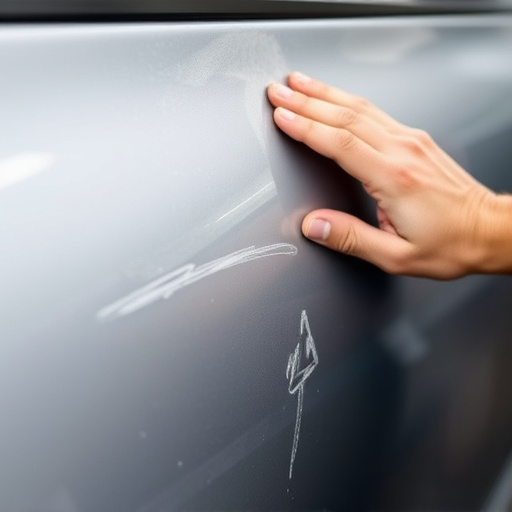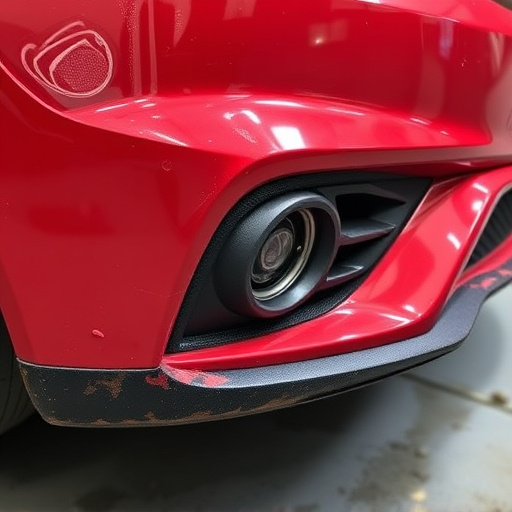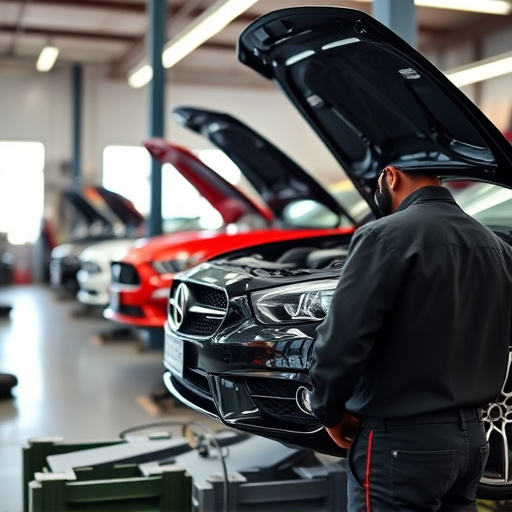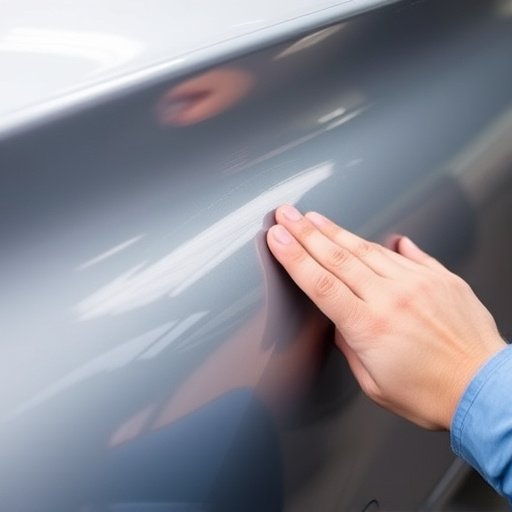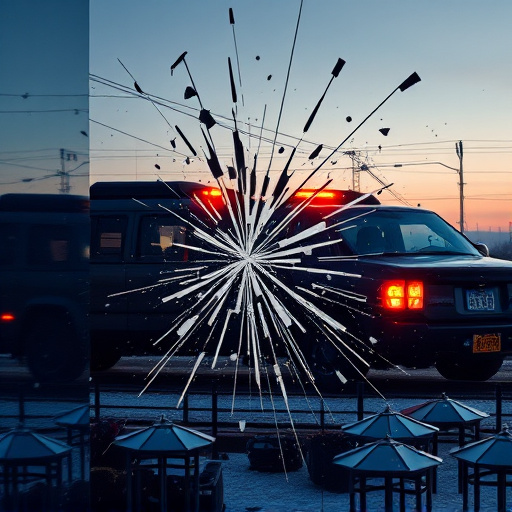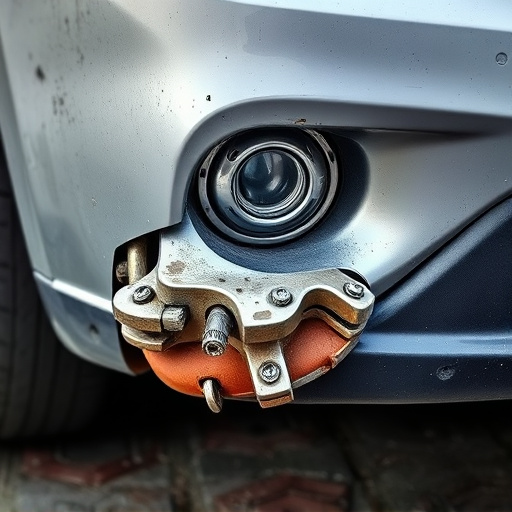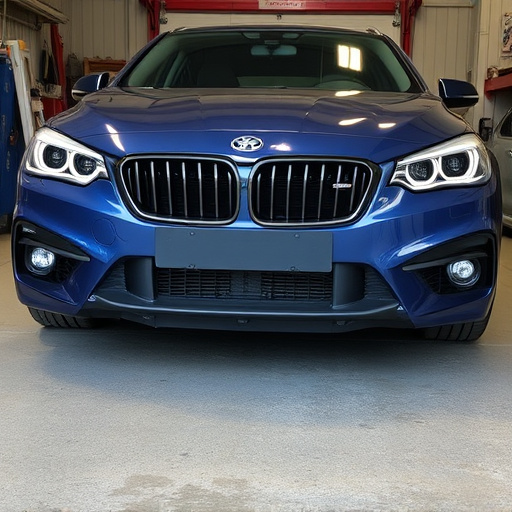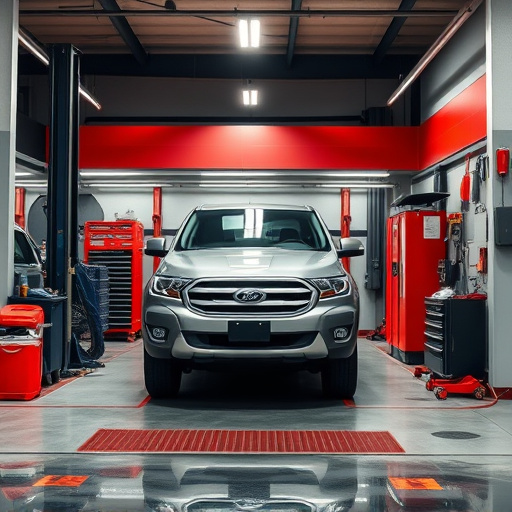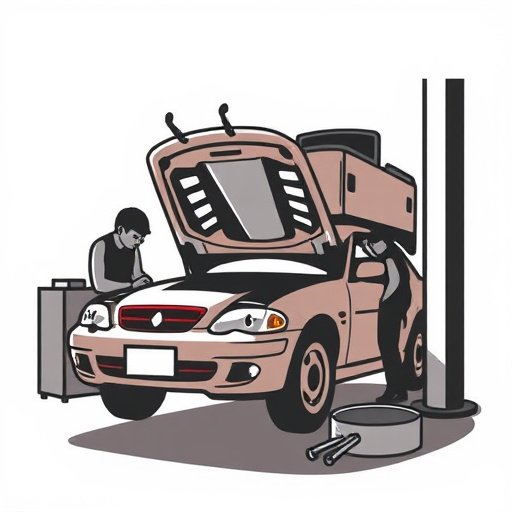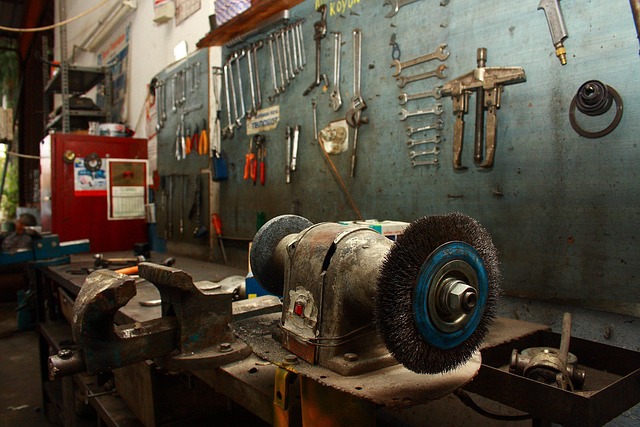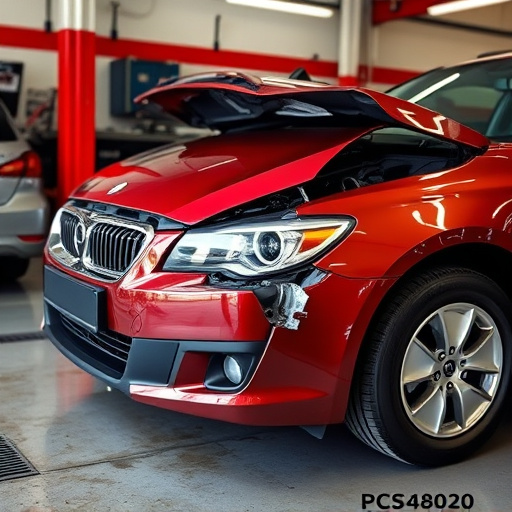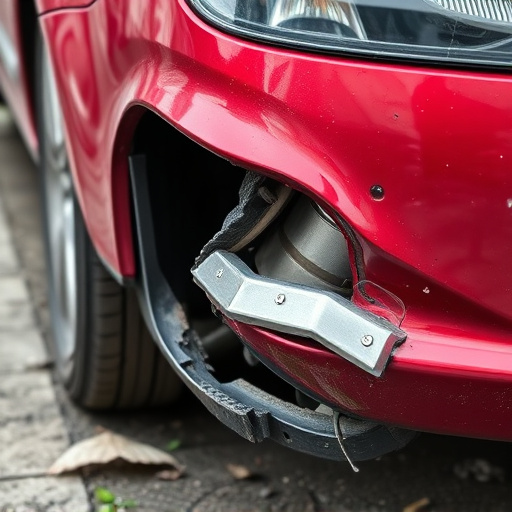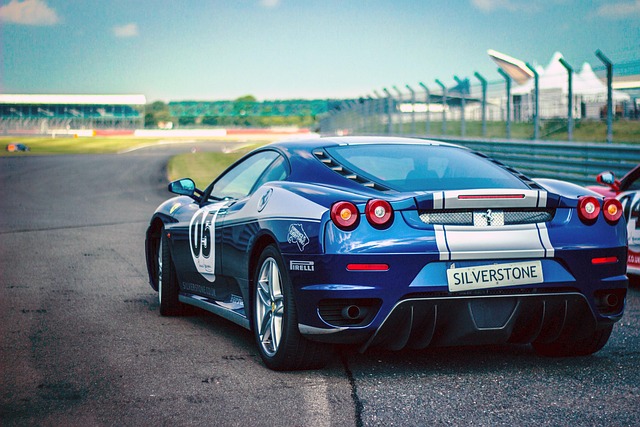Tesla's minor collision repair process involves advanced tools and skilled technicians for precise damage assessment, using 3D scanning and specialized equipment to identify dents, scratches, and misalignments. Repairs are categorized by severity, from pneumatic dent removal to alignment calibration, ensuring structural integrity and aesthetic restoration. Recalibration of vehicle safety systems, including Autopilot and collision avoidance, is crucial for optimal performance and driver safety after repair.
Tesla owners often wonder how to approach minor collision repairs for their electric vehicles. This comprehensive guide breaks down the process, offering a clear understanding of assessing damage, performing repairs, and recalibrating Tesla’s advanced safety systems. From examining dents and dings to realigning frames and calibrating sensors, these steps ensure your Tesla returns to its pre-collision condition, enhancing safety and performance. Discover how to navigate the repair process efficiently and effectively.
- Assessing Tesla's Minor Collision Damage
- Step-by-Step Repair and Alignment Process
- Calibrating Tesla's Advanced Safety Systems Post-Repair
Assessing Tesla's Minor Collision Damage
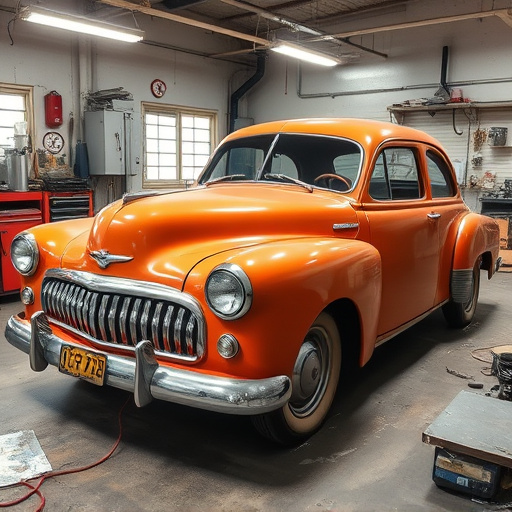
When it comes to Tesla minor collision repair, assessing the damage is the first crucial step. It’s important to note that Tesla vehicles, with their advanced technology and sleek design, require specialized care during the repair process. In many cases, what might appear as substantial damage to a traditional car may only involve minimal alterations for Teslas. An automotive body shop skilled in handling electric vehicles will employ advanced tools and techniques to accurately identify and address issues like minor dents, scrapes, or even more complex alignment adjustments.
The assessment involves meticulous inspection, utilizing both visual analysis and specialized equipment. For instance, the car repair shop’s technicians might employ 3D scanning technology to capture precise measurements of the vehicle’s panel integrity. This ensures that any dent repair is not just superficial but also maintains the structural integrity of the Tesla. Such a thorough evaluation enables the automotive body shop to recommend the most effective and cost-efficient solutions for minor collision damage, ensuring the vehicle returns to its pre-collision condition or even enhances its performance through alignment calibration.
Step-by-Step Repair and Alignment Process
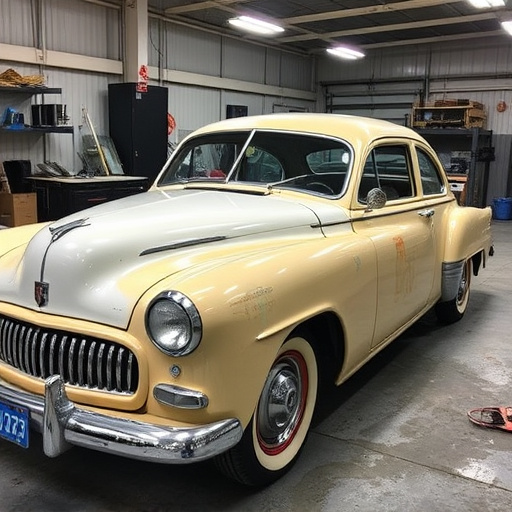
After assessing the damage from a minor collision, the Tesla minor collision repair process begins with precise and meticulous steps to ensure both safety and aesthetic restoration. The first step is to thoroughly inspect the vehicle, identifying any dents, scratches, or misalignments in the chassis, panels, and wheels. This involves using specialized tools to measure and record the extent of the damage. Once identified, the technician will prioritize repairs based on severity and structural integrity.
The actual repair process involves several sub-steps. For instance, a vehicle dent repair might start with using a vacuum or pneumatic tools to gently remove dents while ensuring the panel’s original shape is preserved. Alternatively, for more complex alignment issues, advanced equipment calibrates and adjusts the suspension system. Auto body services may also include painting repairs, where damaged areas are sanded, primed, and painted to match the vehicle’s original finish. Throughout this process, each step is carefully documented to maintain precision and ensure the final calibration aligns perfectly with Tesla’s stringent standards.
Calibrating Tesla's Advanced Safety Systems Post-Repair
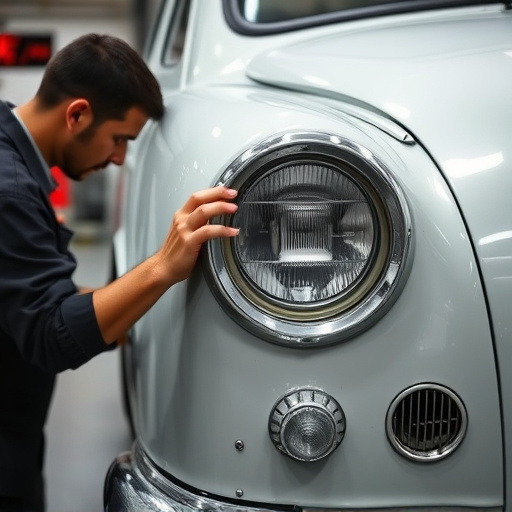
After completing Tesla minor collision repair, including car dent removal and alignment calibration, it’s crucial to recalibrate the vehicle’s advanced safety systems for optimal performance. These systems, such as Autopilot and Collision Avoidance, rely on precise sensor data to function correctly. During a collision or even during routine vehicle collision repair, these sensors can be affected, leading to discrepancies in the system’s readings.
Proper calibration ensures that your Tesla’s Advanced Safety Systems operate seamlessly and effectively. This process involves adjusting the settings based on the specific repairs made, particularly for alignment adjustments. By recalibrating, you allow the systems to accurately interpret data from their sensors, enhancing safety features like lane keeping, automatic emergency braking, and adaptive cruise control. It’s a vital step in maintaining the integrity of your luxury vehicle repair and ensuring a safe driving experience.
In conclusion, Tesla minor collision repair involves a meticulous process of assessment, precise alignment, and critical safety system calibration. By following these steps, owners can ensure their vehicles return to peak performance while also leveraging Tesla’s advanced technology. Remember that proper repair techniques are essential for maintaining the vehicle’s safety features, ensuring a smooth and secure driving experience post-accident.

